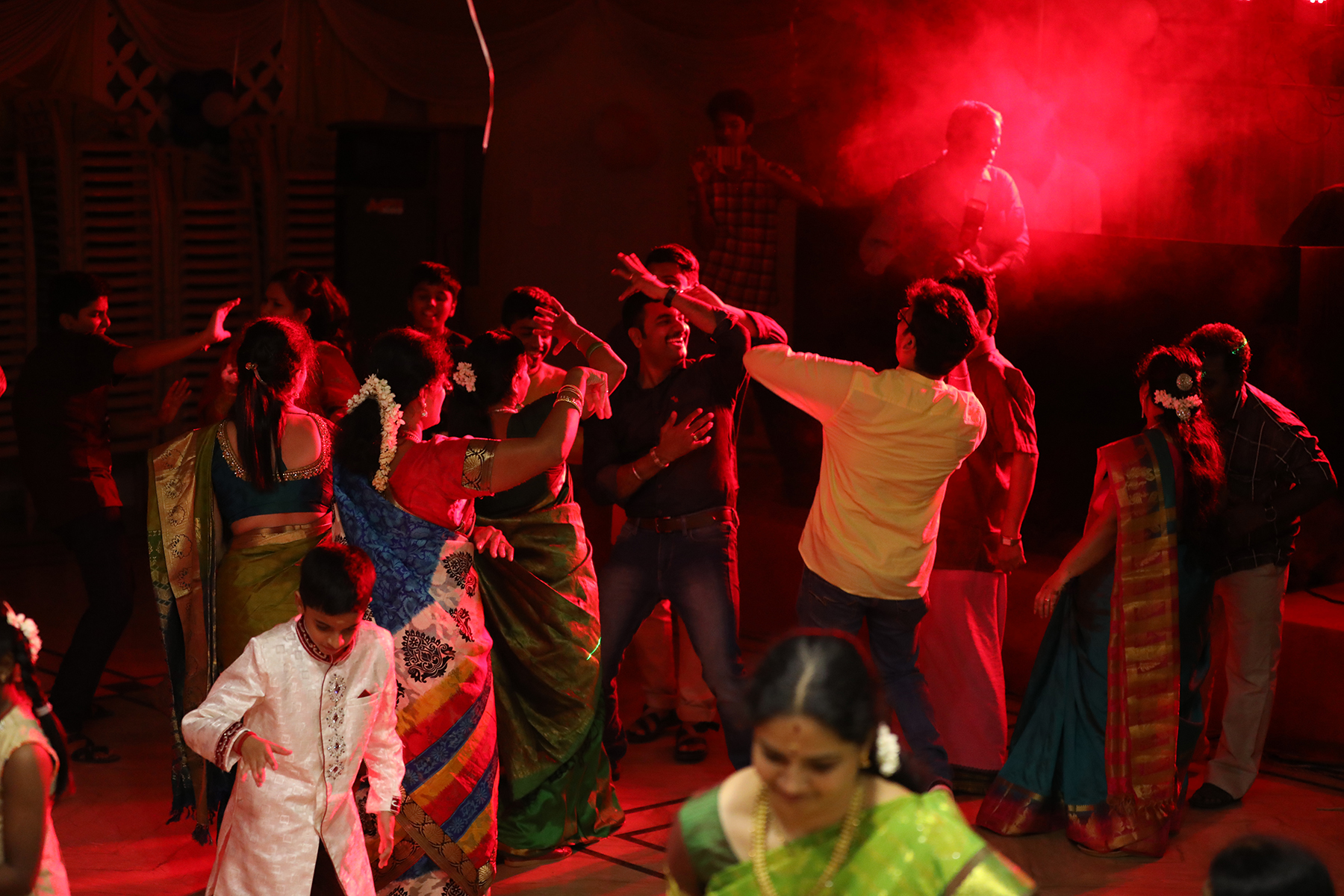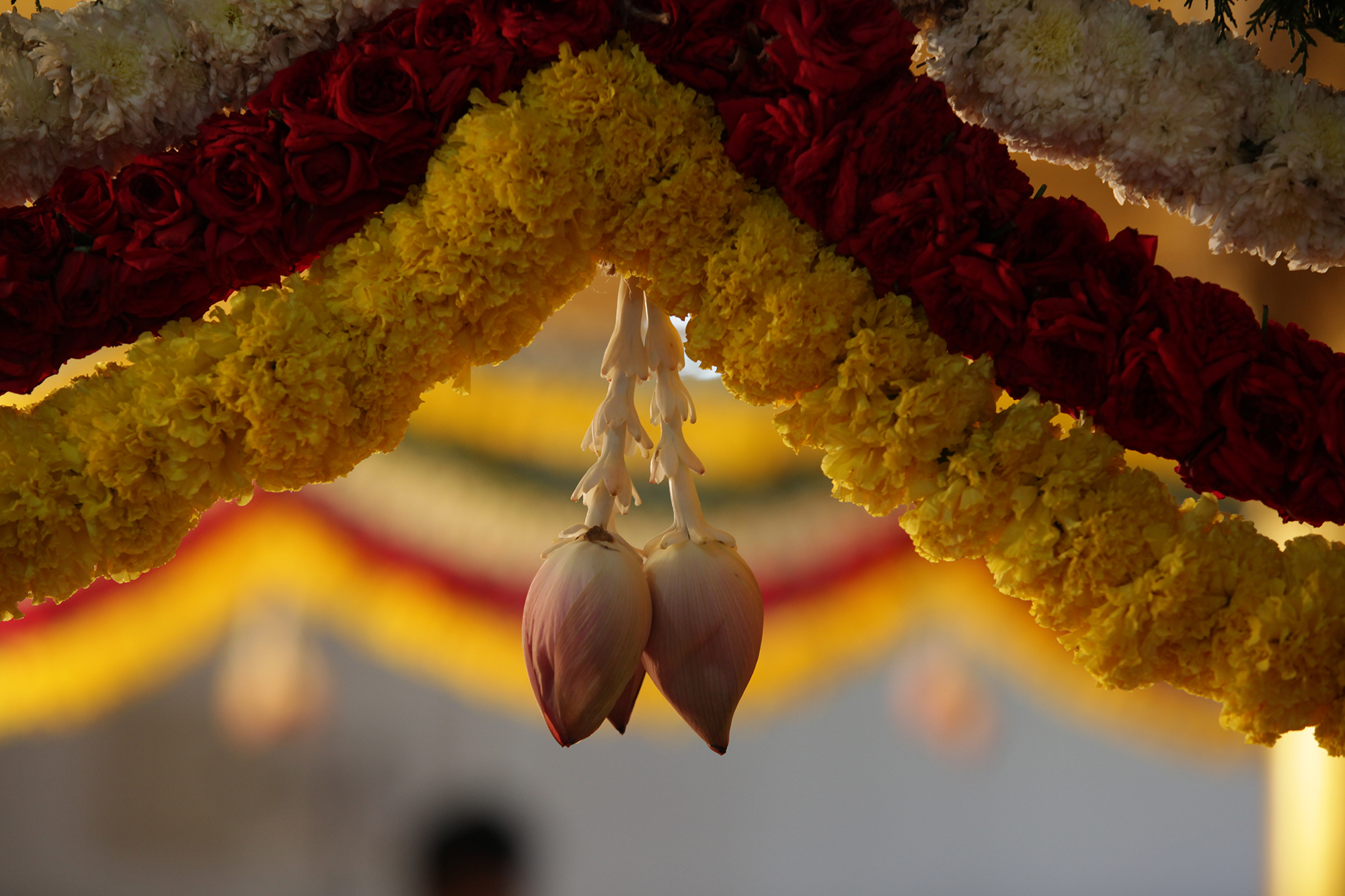WEDDING
A wedding is a complex event. This once-in-a-lifetime celebration . A wedding does not just stop at the reception but its preceded by so many functions such as Engagement, Sangeet, Mehendi, Haldi, Reception and so on .
So we will be making your occasion even more special by treating you with all the tasty and mouth watering food. The taste of which will lie in your hearts for ever. Cause we know some occasions are very Precious and they do not come back.


FAMILY FUNCTION
Family Gatherings are most happening events with all your close and loved ones together. May it be an JLT ( just like that )Party, Kitty Parties, In-House Party, or may be a house warming party.
We make sure that we serve you the best food for your special occasions.
We are here to make your Family and other functions special moments even more special.
CORPORATE
A Corporate event can be a meeting or an anuual function for employees and clients. Or may be an Executive Meal or a Seminar. It can also be a Award Function or annual meet.
We understand this and we know how much it is important for you and how to take care of your prestige. .We give you the best of our services.


OTHER FUNCTION
Various Functions keep coming in life , we are here with you for all the occasionsMundan | Upanayanams | Grahapravesams | Theme Parties| Sporting Events and more..
Whether you are planning for a Birthday Party, Farewell and others, We are here to serve you the best as per your needs and likes. Our special team will give all its very best for your occasions.
MARRIAGE AN INTRODUCTION

The Sanskrit word Vivah originated from three root sounds vi + vah + ghai which means “a very special dedication”.
A Hindu marriage joins two individuals for life, so that they can pursue dharma(duty), artha (possessions), kama (physical desires), and moksha (ultimate spiritual release) together. Hindu wedding ceremony at its core is essentially a Vedic yajna (a fire-sacrifice), It has a deep origin in the ancient ceremony of cementing the bonds of two families together.
The primary witness of a Hindu marriage is the fire-deity (or the Sacred Fire) Agni, and by law and tradition, no Hindu marriage is deemed complete unless seven encirclements have been made around Sacred Fire, by the bride and the groom together.
JANAVASAM
The groom is brought to the marriage venue (Mandapam) in a procession in a decorated car and Nadhaswaram or Band is played. Once procession reaches the marriage venue aarthi is performed and coconut is broken ( sidarthengai ) to ward of the evil.
NISCHAYAM
The bride’s father and the bridegroom father facing each other, solemnise the final betrothal ceremony, the Vedic priests chanting the relevant hymns- in which the names of the bride, the bridegroom, as well as the names of their three generations of ancestors, are cited in the presence of friends, relatives and guests.
VRITHAM AND KAAPUKETTAL
For the bride, it means the tying of the Kaapu, the holy thread on her wrist, which is meant to ward off all evil spirits. It symbolises a kind of protective armor for the bride. For the groom Vritham begins with invocation involving the Gods Indra, Soma, Chandra, and Agni from there on the groom prepares himself for a new chapter in his life as a householder or Grihastha. The day of his bachelorhood or Brahmacharya are over now.
KASI YATHRA
The groom wearing a new chappal holding an umbrella and a walking stick proceed on his Yathra to Kasi. The father of the girl intercepts him offering his girl in marriage and bring him to Grihasthaashramam
EXCHANGE OF GARLANDS
The boy and the girl exchange garlands usually helped by their uncles lifting them. The events add a festivity to the occasion.
OONCHAL
The marrying couple are seated on a swing (Oonchal ); they rock forth and back, as the ladies around sing songs in praise of the couple. The chains of the swing signify the eternal karmic link with the almighty above; the to and from motion represent the undulating sea waves of life; yet, in mind and body the couple shall move in harmony- unperturbed , steady and stable.
KANYADANAM
Groom will be considered as personification of Vishnu and pooja performed to him as is performed to the almighty. This is performed by the father of the bride.
The father of the bride offers his daughter who is bedecked in gold to the groom considering him as embodiment of Vishnu, the almighty with a belief that he and his past seven generations is blessed to abode in Brahmaloka. The father of the bride also tells groom that the decorated bride, offered to the groom so that he can get children through her and do all his prescribed religious duties. This is the ceremony when the bride’s parents place their daughter’s hands into those of the eligible groom and seek his promise of taking care of her life long. In return the parents promise that they are offering a devoted, pure, understanding, healthy maid as the bride.
MANGALYASUKTHA DHARANA
(TYING OF THREE KNOTS)
The most precious moment in ones life. The bride sit on her father’s lap. The groom ties the Mangalyasutra
around the brides neck with prayer for his well being and for her to live hundred years. Mangalya means that which gives good things and Dharanam means “wearing”. The bride has to wear two Mangalyas one given by her father and another by the groom’s father. This is one of the most important events of a Hindu marriage. The groom ties the Mangalyasutram, a sacred necklace with the Mangalyam (two gold pendants) around the bride’s neck. The sacred necklace symbolizes commitment, safety and security offered to the bride by the groom as he asks her to share in a long and happy married life with him. The groom secures the necklace by tying three knots.
UPANAYANAM AN INTRODUCTION

Each knot symbolizes each aspect of the body- Sthula Sharira – Gross or Physical body, Sukshma Sharira – Subtle or Pranic body, Karana Sharira – Causal body. It also stands for the three aspects of commitment, Manasa, Vaacha, Karmana, believing it, saying it and executing it. While groom ties the knots, the high priest chants the Mantras “Mangalyam tantunanena mama jeevana hetunaa: kanthe badhnami Subhage saajeeva saradamsatam”.
PANI GRAHANAM
The bride groom holds the brides right hand and recites the marriage vows in four Mantras. He prays Agni the God of fire, Saraswathi the Goddess of knowledge and Vayu the Lord wind for blessings, long life and congruence of mind
METTI, AMMI, ARUNDHADHI
Holding the bride’s left foot toe, the bridegroom then helps her tread on a grindstone called sannikallu kept on the side of the fire. The Manthras say: “Mount up this stone. Let thy mind be rock-firm, unperturbed, by the trials and tribulations of life” and when it is finished, the groom adorns mthe bride’s toes with Mettelu, silver rings. At this time the priest shows the couple the Arundhadhi star. Arundhathi, the wife of Vasishta Maharshi (the great saint), is exemplified as an ideal wife, the embodiment of chastity. By seeking her blessings, the bride expresses her devotion towards family life.
MANGALAARATHI
A solution of lime and turmeric powder, which is saffron in colour, is prepared on a plate and circled around the newlywedded grooms and then thrown away to ward off evil eyes. This is done a number of times during the entire wedding ceremony.
NALUNGU
During nalungu, the ladies sing songs poking fun at the bridegroom and the in-laws. These events bring out many qualities of the bride and the groom-sporting spirit, kindness, strength, co-operative nature etc.
UTHAKASHANTHI
For the purification of the mind and body and the protection of the child, all the details are invoked in water through out the chanting of the manthras and these water is poured over the child, during the Uthakashanthi
NAANDHIMUKHA CEREMONY
A ceremony performed to obtain the blessings of the ancestors of the family before the festive occasion of the Upanayanam.
CHOWLAHOMAM
By praying to the God of Fire,Agni, the child is blessed with long life, intellect, courage etc.
YAGNOPAVEETHA DHAARANAM
The father places the sacred thread across the child’s left shoulder under the advice of Guru the sacred thread consist of their stand signifying Brahma, Vishnu and Shiva. This represents also Jnana, Karma and Bhakthi. Next Moonji a gridle made out of munja grass is tied around the waist of the child. This is to protect his purity and to keep evil away.
KUMARABHOJANAM
The boy is fed along with a Brahmachari after the “Yagnopaveetha dharana” .
BRAHMOPADESAM
The Gayathrimanthra is a supreme Manthra and it protects those who recit it. The boys father become his Guru and whispers into his ears this powerful “Gayathrimanthra”.
THE TWIG IN THE RIGHT HAND
The twig in the right hand (usually from Peepa tree) signifies his entry into Brahmacharya. Brahma, Vishnu and Rudhra all three Devadas reside in the pipal tree, thus the Brahmachari by holding a small branch of this divine tree pipal receives divine grace from Brahma, Vishnu and Rudhra and hence from Saraswathi, Lakshmi and Durga, the respective console.
SURYADHARSANAM
Boy to be taken outside and showing the sun. The assumption here is that he will be protected by the sun Suryadeva. The palms are clasped in such a way that it makes a peep hole to see the sun .
